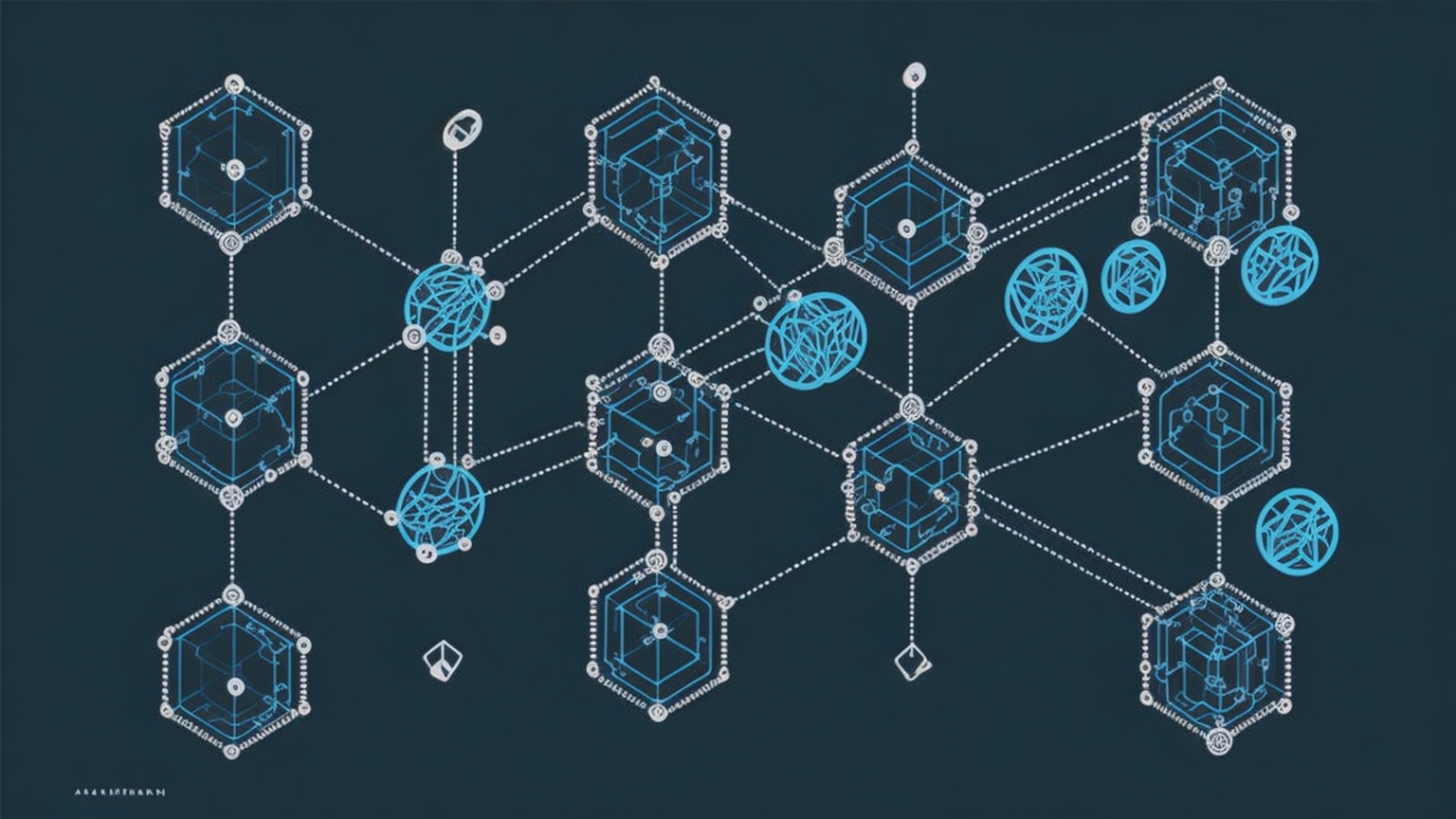Appchains: What They Are, How They Work, and Their Advantages and Disadvantages

In the ever-evolving cryptocurrency ecosystem, appchains or application-specific blockchains have carved out a significant place. They open up a world of possibilities for both developers and users. However, their role, operation, and implications might not be clear to everyone.
Decoding Appchains
Appchains are a genre of blockchain that functions alongside a primary blockchain network. They can be envisaged as ‘sidechains’ linked to the core network, enabling developers to design customized applications or services within the blockchain arena. Every appchain comes with a unique set of rules and protocols determining its operation, which empowers developers to engineer applications with specific features.
The Working Mechanism of Appchains
Appchains incorporate a technique known as “sharding”. In this architecture, each appchain functions as an individual ‘shard’ or segment of the comprehensive network. This parallel operation of appchains delivers high speed and efficiency.
User engagement with an application on an appchain triggers all transactions and data corresponding to that application to be processed and stored on that particular appchain. This strategy dramatically accelerates transaction processing times and reduces the burden on the main blockchain.
Weighing the Pros and Cons of Appchains
The merits of appchains encompass:
- Enhanced Scalability: As each appchain handles its own transactions, network performance and scalability can be significantly boosted.
- Increased Flexibility: Appchains give developers the liberty to create applications with bespoke features.
- Robust Security: The segregation of appchain data from the main blockchain imparts an additional layer of security.
On the flip side, appchains are not devoid of downsides:
- Intricate Development: The creation and upkeep of an appchain can be intricate and demand substantial resources.
- Resource Segmentation: Despite improving performance, appchains might lead to resource partitioning and potentially compromise the overall network’s security.
Appchains in Action
Polkadot and Cosmos are notable examples of appchains, using this approach to impart scalability and versatility to their platforms.
To sum up, appchains are a potent instrument for blockchain developers, providing scalability, adaptability, and enhanced security. Nonetheless, they pose unique challenges, potentially necessitating a more intricate strategy for development and upkeep.




